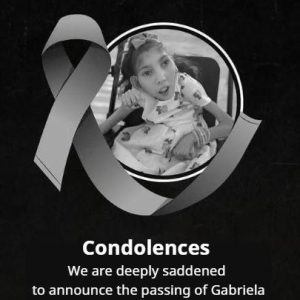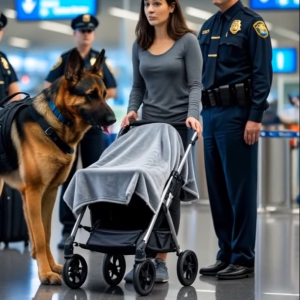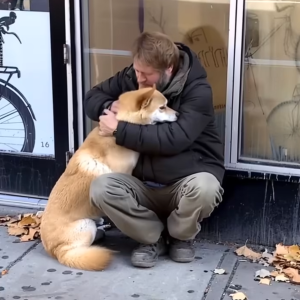In 2025, the number of people crossing the U.S.-Mexico border dropped noticeably. This shift is largely due to tougher regulations and ramped-up border enforcement. One major change was the return of the “Remain in Mexico” policy, which requires asylum seekers to stay in Mexico while their cases are reviewed in the U.S. For many migrants, this has made the journey even more uncertain—and in some cases, too dangerous to continue.
Faster processing times and an increase in returns to home countries have also played a role in discouraging border crossings. Health-based policies like Title 42 are still being enforced, and for some migrants, the long wait for asylum decisions combined with fears for their safety have led them to abandon their efforts altogether and go back home.
A key part of this effort has been coordination between the U.S. and Mexico. In 2025, Mexico deployed troops to its southern border to slow the movement of migrants before they reached the United States. Experts say this move sends a strong signal that border control is tightening and the journey ahead is full of uncertainty.
While these new measures may be effective in reducing the number of illegal crossings, they’ve also sparked important conversations about the human side of migration. Behind the statistics are real people—many of them fleeing violence, poverty, and persecution—who now face even more roadblocks and harder decisions.
The “Remain in Mexico” policy, for instance, often leaves families in limbo, waiting in unsafe conditions with limited access to support or legal aid. Many become vulnerable to violence and exploitation while they wait. And with asylum cases taking months—or even years—to process, the promise of safety feels increasingly out of reach.
The growing cooperation between the U.S. and Mexico brings up tough questions about shared responsibility. While it’s clear that managing borders is important, so is ensuring that basic human rights aren’t pushed aside in the process.
As this debate continues, it’s vital to listen to and learn from those who are directly affected. The journey of migration is rarely a simple choice—it’s often a last resort. And for many, the new rules mean facing dangerous detours, separation from loved ones, or giving up on the dream of safety altogether.
So while fewer people may be crossing the border, the deeper story isn’t just about numbers. It’s about real lives caught in a web of policy, politics, and survival. As we shape future border strategies, compassion and humanity must remain at the heart of the conversation.





